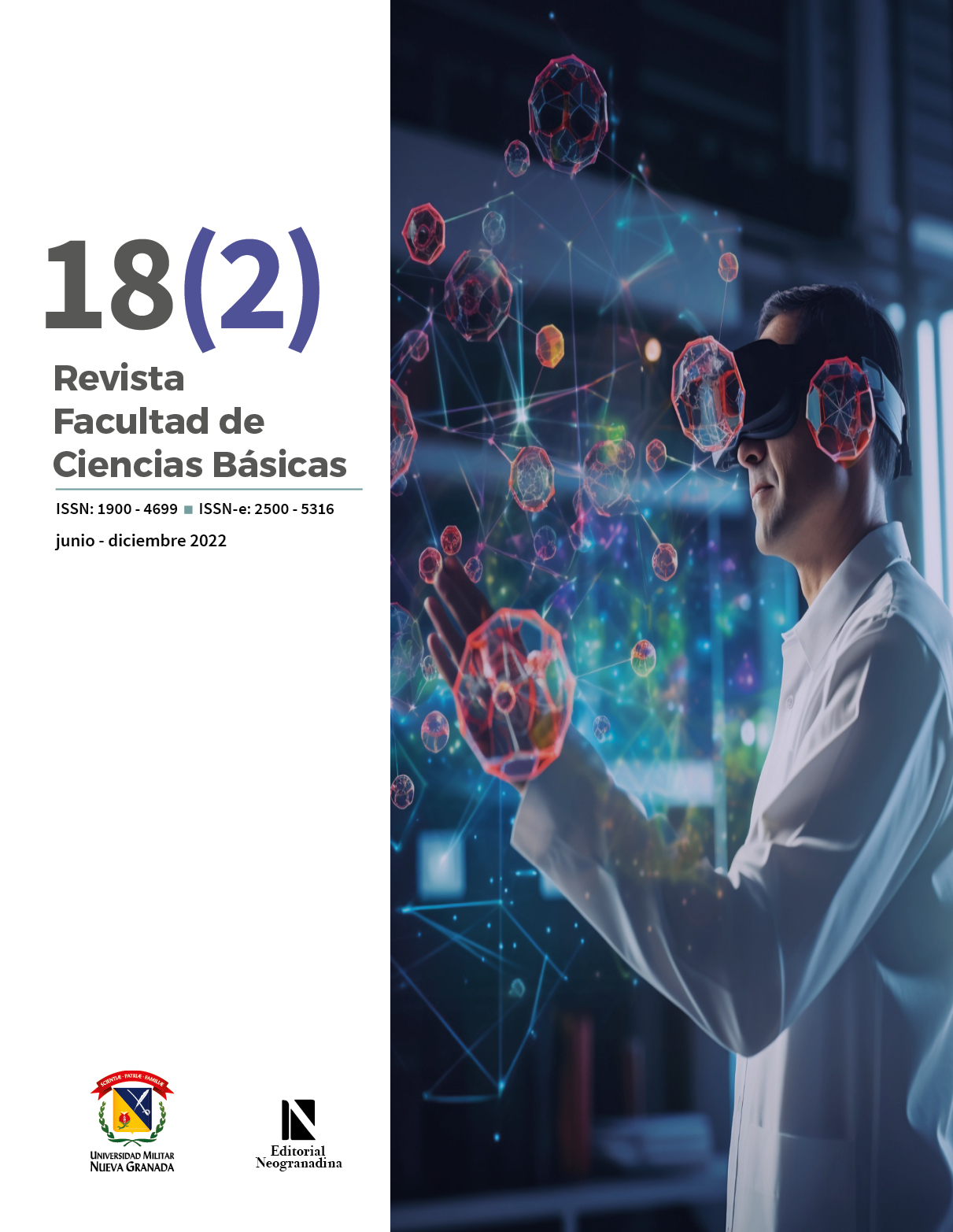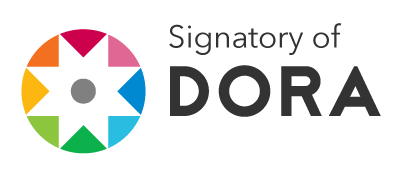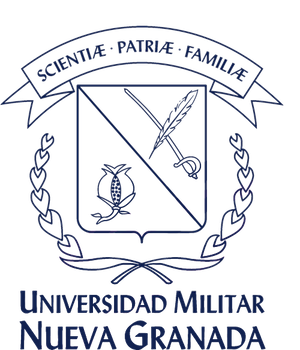Material optimization, reverse engineering and rapid prototyping of a handmade shaver
Resumen
This study investigates the optimization of materials for a hand-crafted razor using innovative additive manufacturing techniques. It reviews previous patent designs to avoid replicating existing ones. Subsequently, a preliminary razor drawing was created based on hand biomechanics to determine compatible hand grips. This process culminated in a functional prototype, digitally rendered using a FARO Edge E09-05-17-32364 scanner supported by point cloud data. Various Computer Aided Design (CAD) software’s were utilized to generate a digital model saved in an STL file format. Employing Fused Deposition Modeling (FDM) with ABS and PLA, alongside Stereo-lithography/Digital Light Processing (SLA/DLP) with resin technologies, the final prototype was produced, achieving a 45% material optimization in the handle. Additionally, gripping system for the razor blade was designed at the shaver’s tip, ensuring secure closure a satisfactory performance.
Descargas
Referencias bibliográficas
Jankovics D, Barari A. Customization of Automotive Structural Components using Additive Manufacturing and Topology Optimization. IFAC-PapersOnLine 2019;52:212–7. https://doi.org/10.1016/J.IFACOL.2019.10.066
Sigmund O, Maute K. Topology optimization approaches: A comparative review. Structural and Multidisciplinary Optimization 2013;48:1031–55. https://doi.org/10.1007/S00158-013-0978-6/FIGURES/2
Kollmann HT, Abueidda DW, Koric S, Guleryuz E, Sobh NA. Deep learning for topology optimization of 2D metamaterials. Mater Des 2020;196:109098. https://doi.org/10.1016/J.MATDES.2020.109098
Javaid M, Haleem A, Singh RP, Suman R, Rab S. Role of additive manufacturing applications towards environmental sustainability. Advanced Industrial and Engineering Polymer Research 2021;4:312–22. https://doi.org/10.1016/J.AIEPR.2021.07.005
Koester L, Taheri H, Bond LJ, Barnard D, Gray J. Additive manufacturing metrology: State of the art and needs assessment. AIP Conf Proc 2016;1706:130001. https://doi.org/10.1063/1.4940604
Manfredi D, Calignano F, Krishnan M, Canali R, Ambrosio EP, Biamino S, et al. Additive Manufacturing of Al Alloys and Aluminium Matrix Composites (AMCs). Light Metal Alloys Applications 2014. https://doi.org/10.5772/58534
Tian X, Wu L, Gu D, Yuan S, Zhao Y, Li X, et al. Roadmap for Additive Manufacturing: Toward Intellectualization and Industrialization. Chinese Journal of Mechanical Engineering: Additive Manufacturing Frontiers 2022;1:100014. https://doi.org/10.1016/J.CJMEAM.2022.100014.
Zhu J, Zhou H, Wang C, Zhou L, Yuan S, Zhang W. A review of topology optimization for additive manufacturing: Status and challenges. Chinese Journal of Aeronautics 2021;34:91–110. https://doi.org/10.1016/j.cja.2020.09.020
Zhu JH, Zhang WH, Xia L. Topology Optimization in Aircraft and Aerospace Structures Design. Archives of Computational Methods in Engineering 2015 23:4 2015;23:595–622. https://doi.org/10.1007/S11831-015-9151-2
Daminabo SC, Goel S, Grammatikos SA, Nezhad HY, Thakur VK. Fused deposition modeling-based additive manufacturing (3D printing): techniques for polymer material systems. Mater Today Chem 2020;16:100248. https://doi.org/10.1016/J.MTCHEM.2020.100248
Karayel E, Bozkurt Y. Additive manufacturing method and different welding applications. Journal of Materials Research and Technology 2020;9:11424–38. https://doi.org/10.1016/J.JMRT.2020.08.039
Torres JC, Cano P, Melero J, España M, Moreno J. Aplicaciones de la digitalización 3D del patrimonio. Virtual Archaeology Review 2010;1:51–4. https://doi.org/10.4995/VAR.2010.4768
Pressman RS. Ingeniería de Software (Spanish Edition) 2010:808.
Díaz M, De Moya F. El análisis de patentes como estrategia para la toma de decisiones innovadoras. Profesional De La Información 2008:293–308. https://doi.org/https://doi.org/10.3145/epi.2008.may.05
Briede JC, Cabello M, Hernandis B. Modelo de abocetado concurrente para el diseño conceptual de productos industriales. Dyna (Medellin) 2014;81:199–208. https://doi.org/10.15446/DYNA.V81N186.41068

Derechos de autor 2024 Revista Facultad de Ciencias Básicas

Esta obra está bajo una licencia internacional Creative Commons Atribución-NoComercial-SinDerivadas 4.0.











